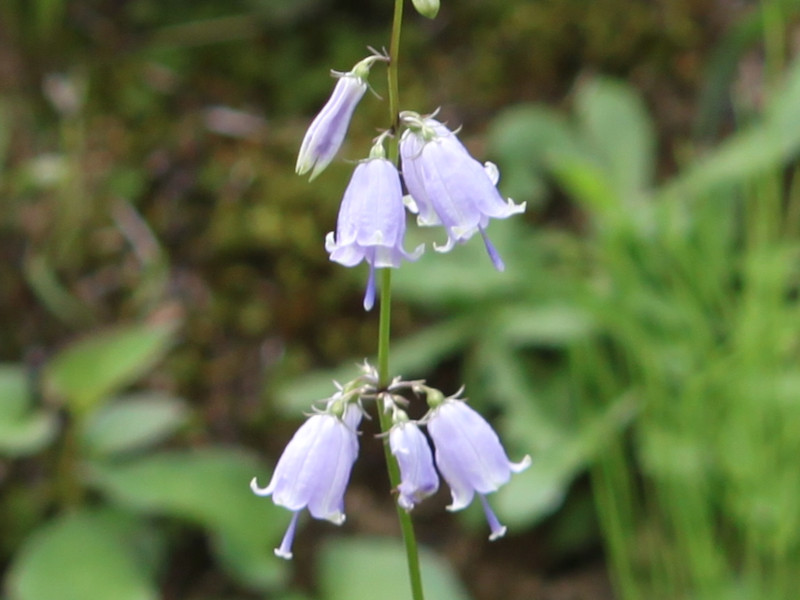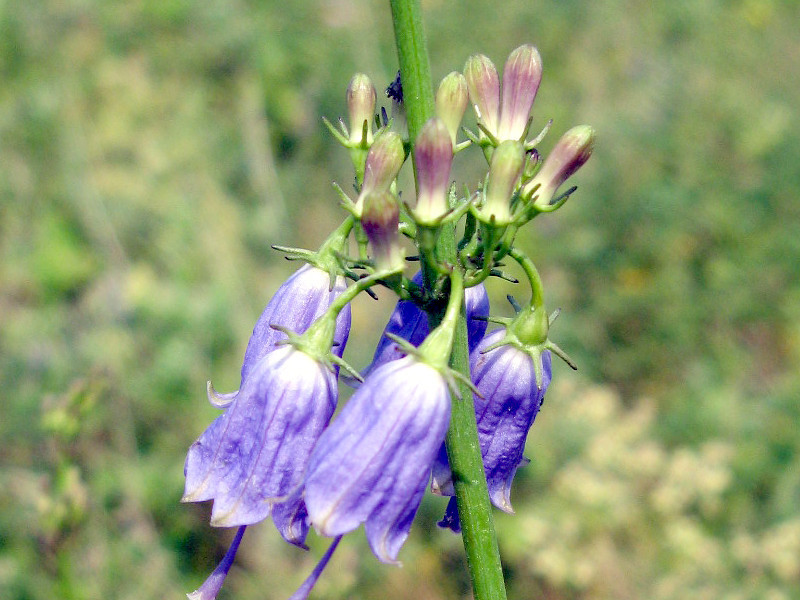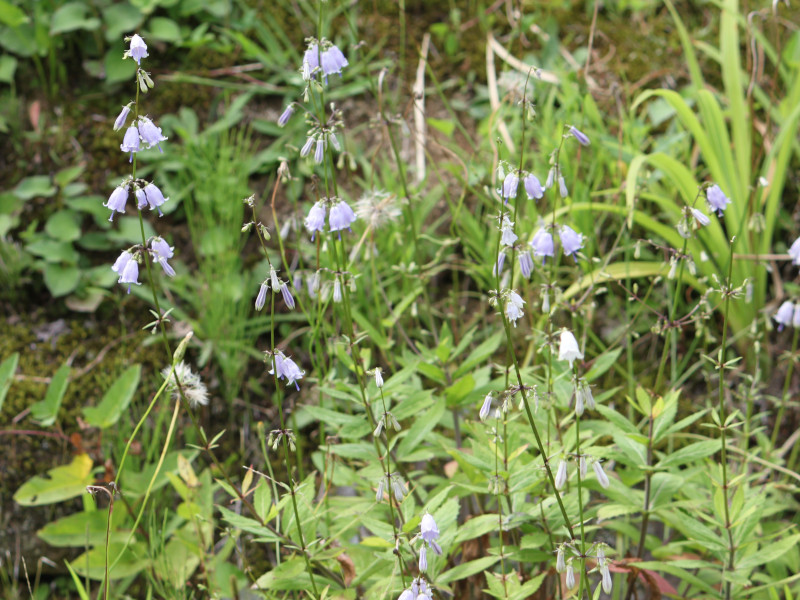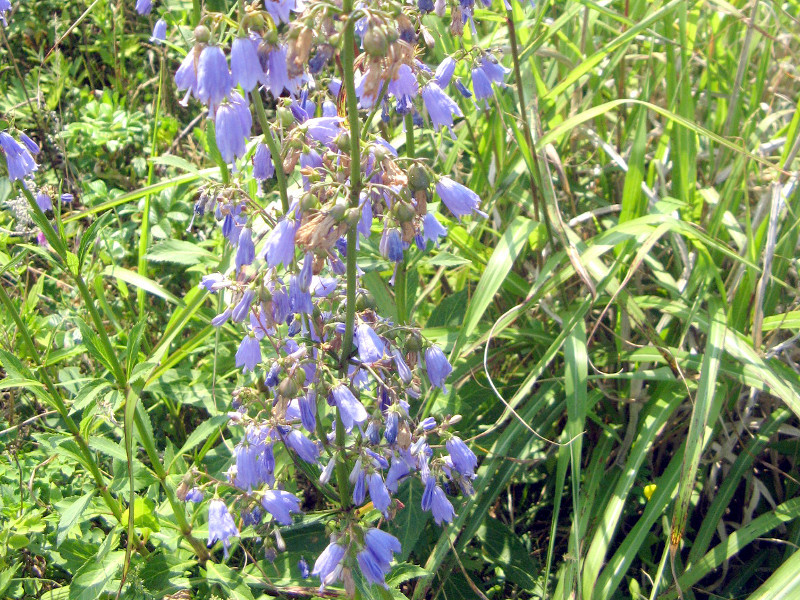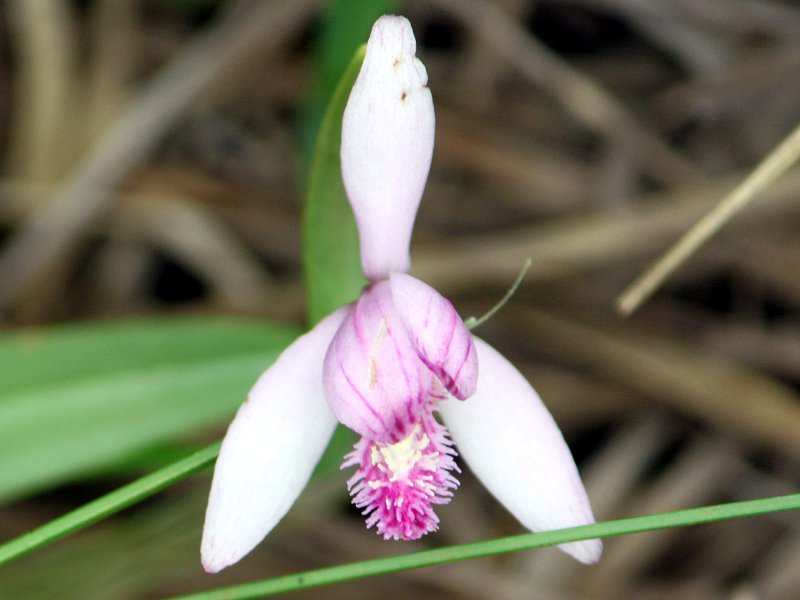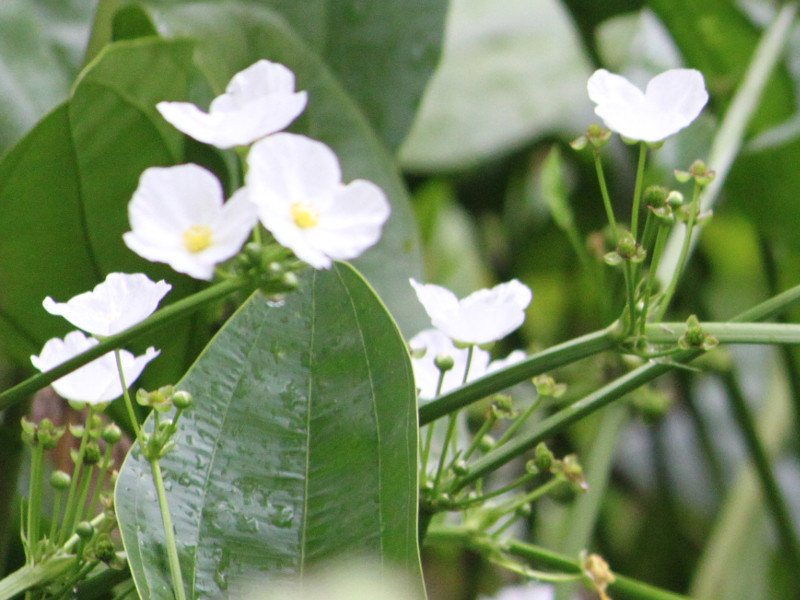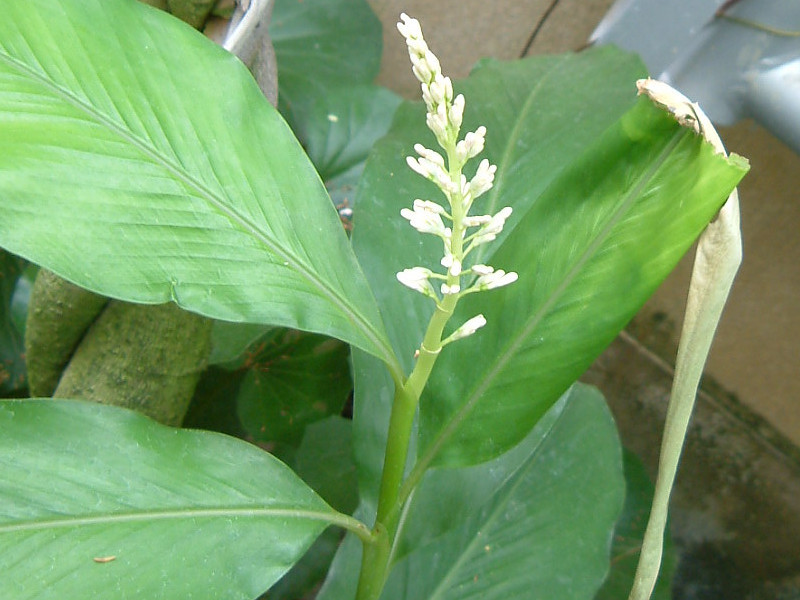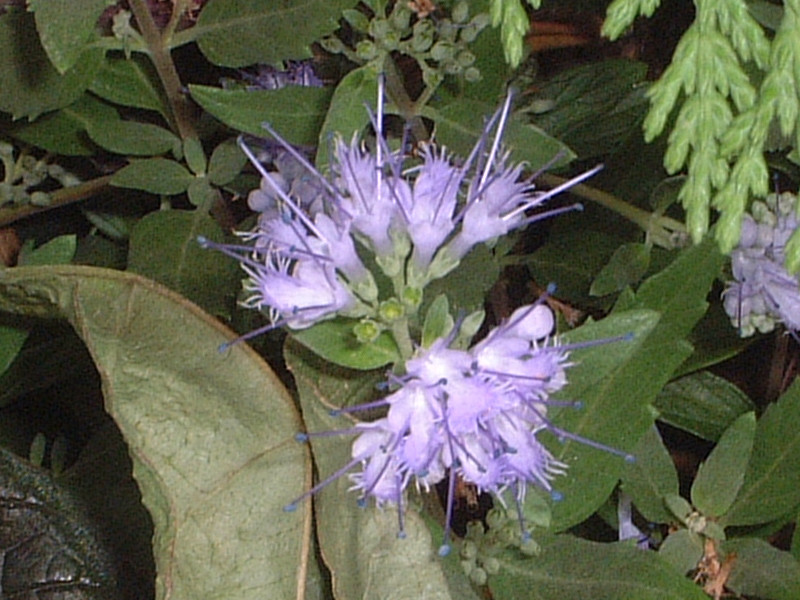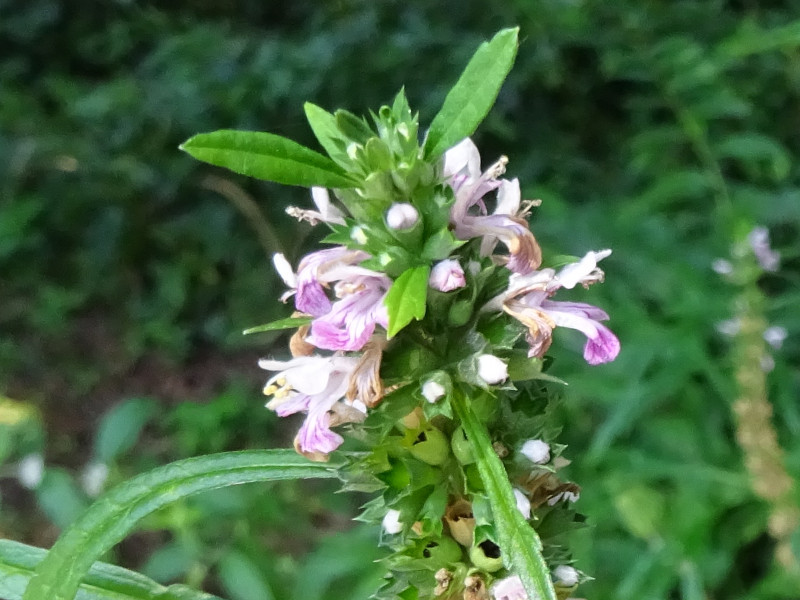Japanese lady bell
- Flower nameJapanese lady bell
- Scientific nameAdenophora triphylla var. japonica
- AliasLadybells, 釣鐘人参
- Place of originJapan, Siberia, Sakhalin
- Place of floweringFields and footpaths
- Flowering seasonJuly, August, September, October
- Language of flowersLove poetry
What is Japanese lady bell
Adenophora Japonica, also known as Japanese lady bell (scientific name: Adenophora triphylla var. Japonica) is native to Japan, Siberia, Sakhalin and is a perennial plant of the family Campanulaceae. It grows naturally in grasslands and wetlands throughout Japan. Hair grows on the columnar stem. Root leaf is a round heart shape and dies during flowering period. The stem and leaves are elliptical, with 3 to 5 radiating out from the stem. From summer to autumn, the conical inflorescences are extended from the upper stages of the flower stem, and bluish-purple bell-shaped florets are attached annually to each step. The stage is 4 to 6 bowls, the flowers bloom in the upper row sequentially from the lower row. The tip of the corolla is 5 shallow and blooming downward. The pillar is long and jumps out of the corolla. The ingredients of Shingin (Shadin) of herbal medicine with an expectorant action by hanging roots and young and rhizomes are edible. Flower name is in the shape of a bell-shaped flower and root and leaf similar to ginseng. The genus Adenophora, Adenos: gland + phoreo: means having genus Tuliganenidin from having a white milky lot when it has it. The triphylla of the species name is three leaves, the variant japonica is Japanese. A flower language is "poetic love." From the image of the flower that will be able to hear the sound of clear bells now. White flowers are distinguished as white flower tree crayfish (form. Albiflora). Botanical ginseng (A. triphylla var. Japonica), Sovana (vegetables, scientific name: Adenophora remotiflora), Iwasyajin (Adenophora takedae) are similar, the difference is that vegetables (A. remotiflora) The pillar will not jump out of the tubular flower. A. takedae, the flower pillar will not jump out of the corolla.
Common name: Adenophora Japonica, also known as Japanese lady bell, Scientific name: Adenophora triphylla var. Japonica, aka: Tsurigane ninjin(in Japanese), origin: Japan, Siberia, Sakhalin, distribution: grasslands, wetlands, wetlands, plateaus, plant height: 40 to 100 cm, leaf shape: oblong, leaf height: 4 to 8 cm , Leaf width: 1 to 4 cm, leaf order: wheat, leaf margin: saw tooth, inflorescence: conical inflorescence, corolla: bell shape, corolla diameter: 1.5 to 2 cm, flower color: bluish purple · light blue, flowering period: October, use: young buds to beaka, ohitashi, wild plants, rhizomes , roots to Shajin.
